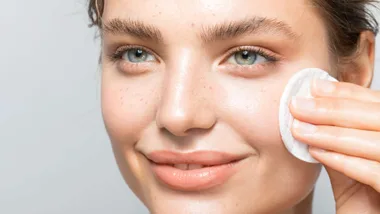Do you ever notice tiny white bumps dotting your complexion, especially around your eyes and cheeks, that simply won’t budge? These common little guys are called milia and while they’re completely harmless, sometimes they feel like a bit of a beauty buzzkill. Here’s how to handle the teeny troublemakers!
What are they?
Milia are those pesky, pearl-like bumps that pop up just beneath the skin’s surface, typically on your face. They’re made of keratin, a protein usually found in your hair, skin and nails. When keratin gets trapped, it forms these little cysts that can stick around for weeks or even months.

Beauty editor’s tip: Never try to pop or extract milia yourself. Although it can be very tempting, it won’t work and can cause harm.
Common culprits
Baby-Soft Skin
Newborns often get milia as their delicate skin adjusts to the outside world, but don’t worry, these usually disappear on their own (our guide is for adults only).
It’s in the genes
Sometimes, you can thank – or blame – genes for your tendency to develop milia.
Skin SOS
Whether it’s sunburns, rashes, a minor scrape or even heavy-duty skincare treatments, damaged skin loves to hoard keratin, leading to those stubborn milia.
Ageing gracefully
As we age, our skin’s natural exfoliation slows down, making it easier for keratin to become stuck and form milia.’
Product overload
Using heavy, rich creams or products containing pore-clogging ingredients can also contribute to milia formation.
Clogged Pores
When sweat ducts or sebaceous glands become blocked, keratin gets trapped under the skin, creating those tiny cysts we love to hate.
When to call the pros
If milia are sticking around or bothering you, it’s time to consult a dermatologist. These skin experts can safely remove milia and offer tailored treatments to keep your skin looking its best.
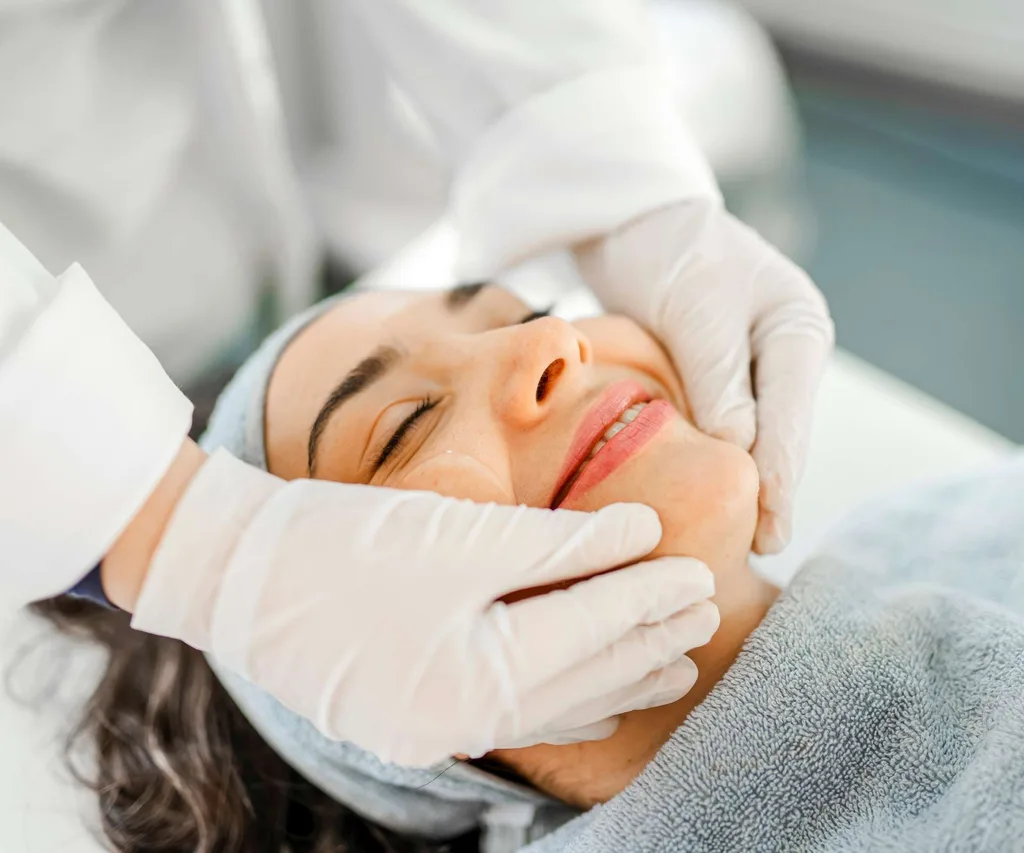
The best milia treatments of 2024
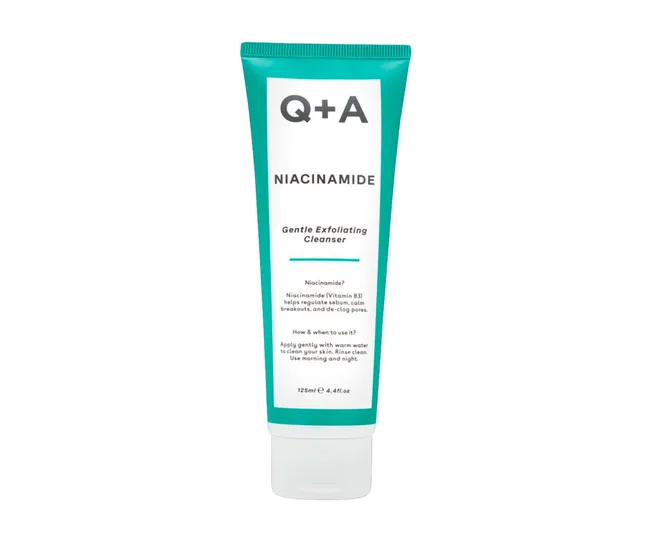
Buff away those dead skin cells with a mild exfoliant to help prevent keratin build-up. Look for scrubs with biodegradable physical exfoliators such as this Q+A Exfoliating Cleanser Niacinamide, which gently gets to work without damaging your natural skin barrier.
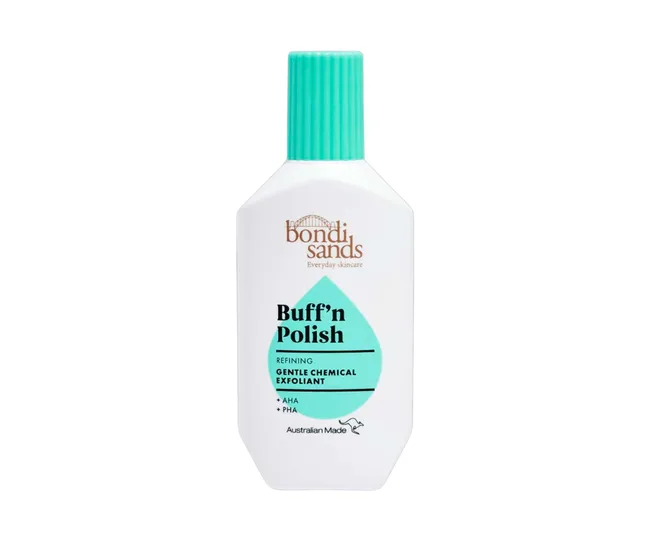
Look for non-abrasive alternatives with alpha hydroxy acids (AHAs) or beta hydroxy acids (BHAs). The Bondi Sands Buff’n Polish Gentle Chemical Exfoliant contains actives that work to exfoliate and resurface for a clearer complexion.
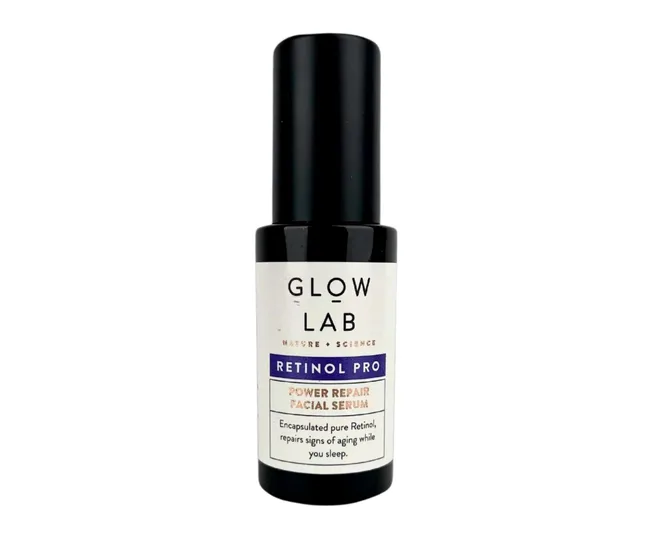
Retinoids speed up cell turnover, helping to shed dead skin trapped beneath the surface. They’re powerful, so be sure to start slow to avoid irritation. The Glow Lab Retinol Pro Power Repair Facial Serum is designed to deeply deliver low-irritation retinol to simulate turnover.
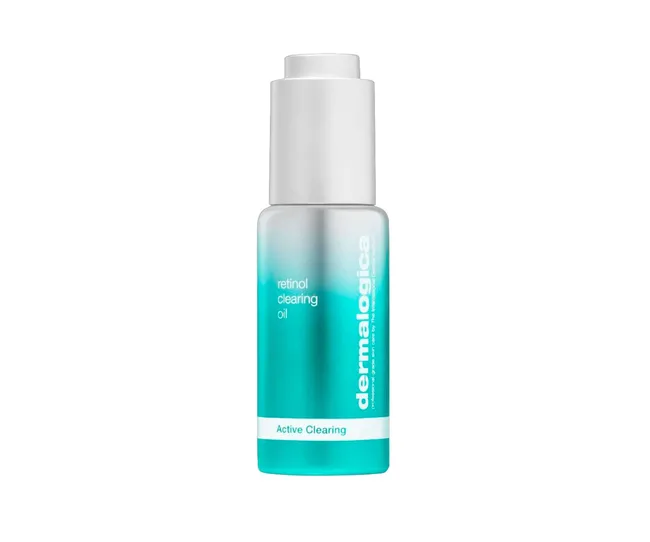
Similarly to the Glow Lab Retinol Facial Serum, the high-performance Dermalogica Retinol Clearing Oil combines slow-release retinol with breakout-clearing salicylic acid to speed up cell turnover.

A trip to your local skincare experts for a chemical peel can work wonders. These professional treatments remove the outer layers of skin, reducing the appearance of milia. For an at-home solution, try the Clinique Clarifying Micro Peel to boost cell renewal and tackle future imperfections early.
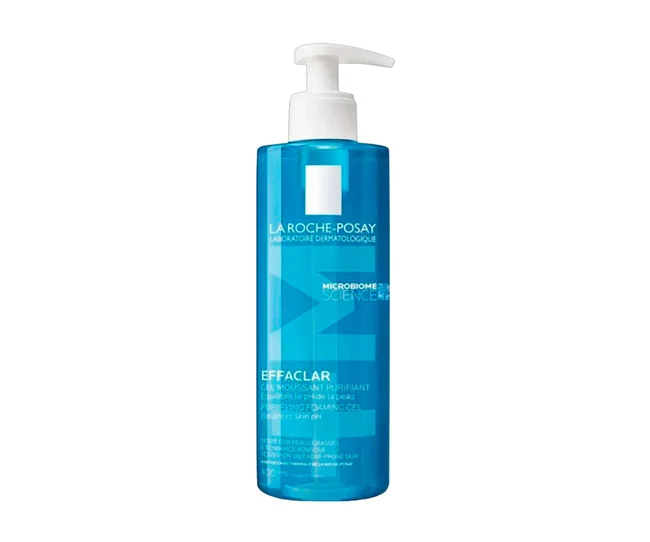
Opt for gentle, non-clogging cleansers. If you have sensitive, oily or acne-prone skin, try the La Roche-Posay Effaclar +M Foaming Gel Cleanser, which lifts away dirt without disrupting the skin’s natural balance.
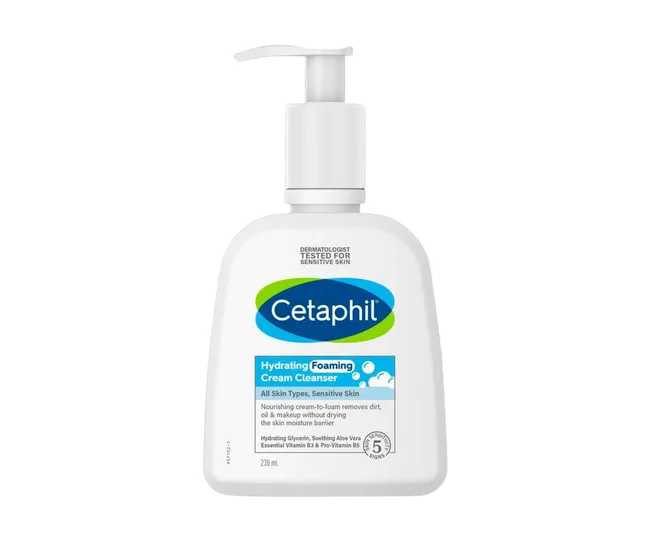
The Cetaphil Hydrating Foaming Cream Cleanser works to remove pore-clogging impurities without drying out your skin.

Sebum Clearing Masque
$112, at Dermalogica
The Dermalogica Sebum Clearing Masque absorbs oil to help detoxify skin as Salicylic Acid clears pore congestion.







